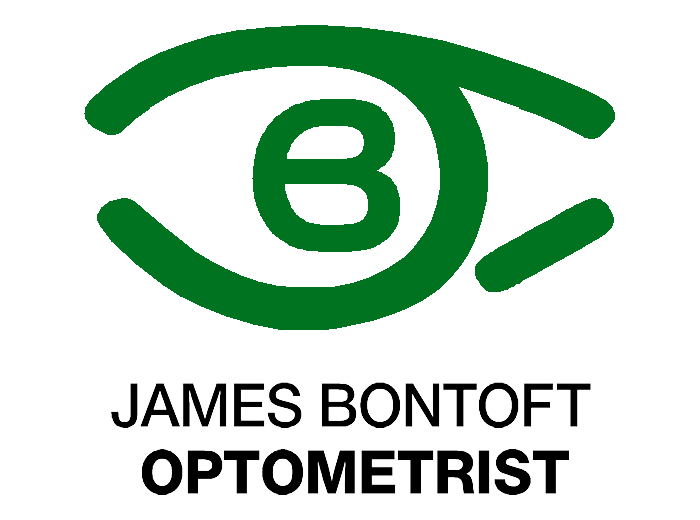Amblyopia
Definition
Amblyopia (lazy eye) is a term describing reduced vision in an eye that is physically normal and does not have any disease. An eye with this condition cannot see small detail even when wearing the correct spectacles. Amblyopia is relatively common with a cumulative incidence between 2-4%. This means that there will be a child with amblyopia in most primary school classes.
Causes
Eyes send information to our brain for processing. At birth our vision is fairly poor because our brain has not learnt how to make sense of this information. The brain develops this ability when we are young as long as it is provided with good quality information from the eyes.
Anything that disturbs the quality of the visual picture can prematurely stunt the development of the visual part of the brain, or cause it to ignore the image from a weaker eye. The most common causes of amblyopia are an uncorrected spectacle prescription, especially if the prescription is greater in one eye, and strabismus (eye turn). Many cases of amblyopia are inherited, and so the condition is much more likely if another family member is affected.
Symptoms
Amblyopia causes blurred vision in one or both eyes. It also reduces the ability to judge depth and so can be associated with poor coordination.
However, the majority of children with amblyopia do not appear to have any problem because often only one eye is affected and the other eye has good sight. Also, even when both eyes are affected, children rarely complain of poor vision because they have never seen differently and so assume that other people see things as they do.
This is a big problem because treatment is more effective and works quicker if it is started at a young age. It is for this reason that all children should have a sight test with an optometrist before starting school, or earlier if there is a family history of eye problems in childhood or concern that the child is not seeing well. Amblyopia that is only detected later in life may not be treatable and will reduce vision, even if spectacles are worn.
Tests
Amblyopia is usually detected by measuring their vision with each eye in turn, using letters or matching with pictures as appropriate for their age. Sometimes amblyopia is presumed when there is a strabismus or when an infant strongly objects to having only one eye covered, suggesting that the uncovered eye has worse sight.
Treatment
Children who have amblyopia are normally prescribed spectacles to give a clear image in both eyes. Sometimes this is enough to restore normal visual development. For those children for whom glasses wear alone does not improve vision there is evidence that wearing a patch can further improve vision. These children are asked to wear a patch over the good eye, in addition to wearing their spectacles. At present it is not possible to tell at the start of treatment which children will respond to glasses alone and which ones will need a patch as well.
